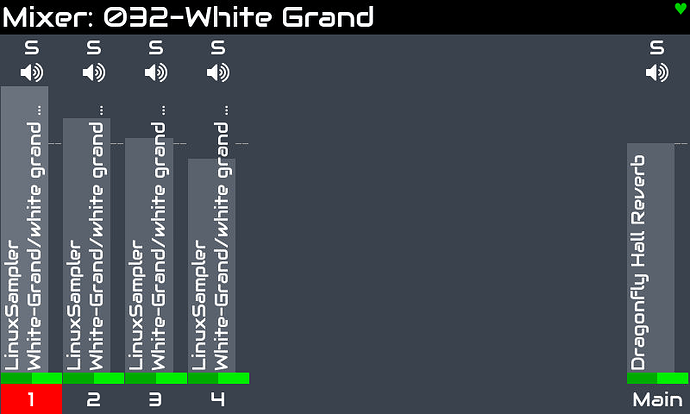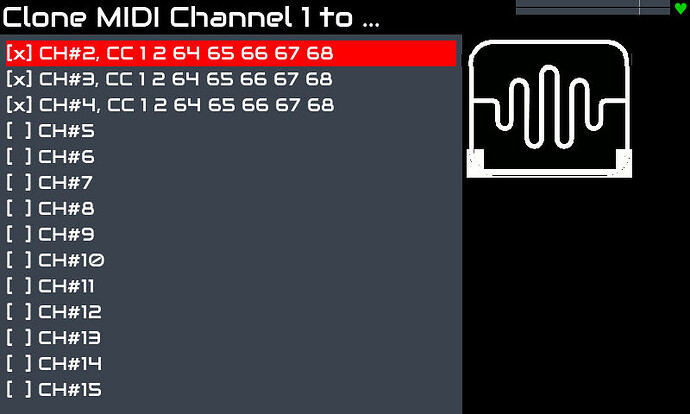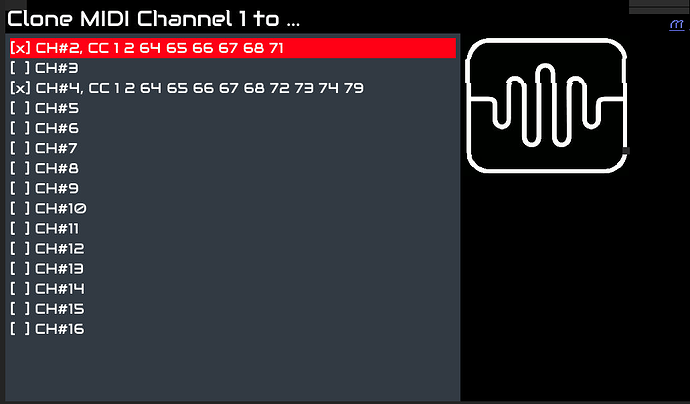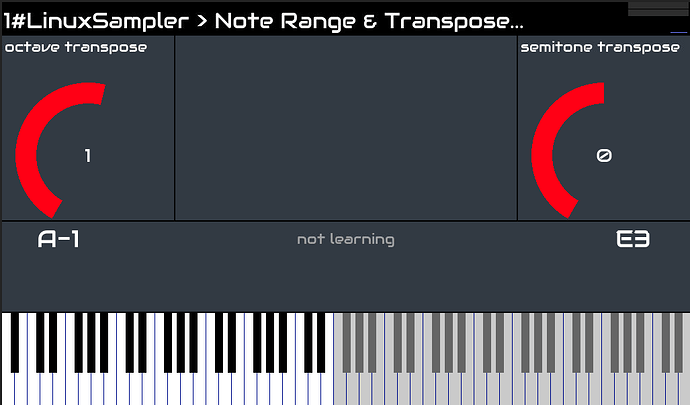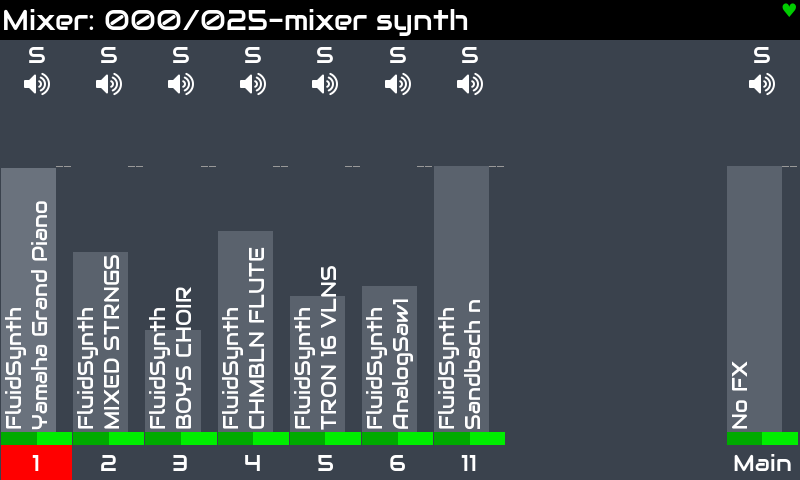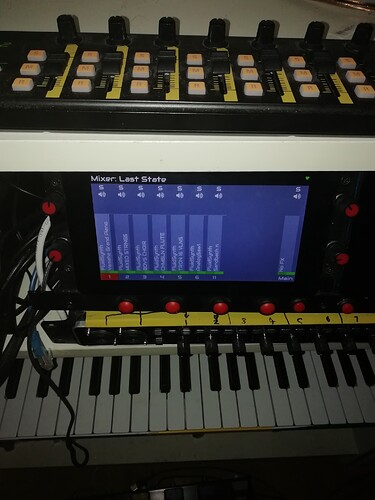Hi Zynthianeers!
When discussing recent changes, @jofemodo proposed dropping the “Clone MIDI” option but decided against it because there was widespread use and affection for the feature. (FYI Clone is a feature that allows the notes and a user-selectable set of CC from one chain, to be sent to other chains and was introduced to solve issues with the core Zynthian design.)
We are working on significant changes to the core architecture which we believe will render cloning redundant, i.e. it will no longer be required to implement all the functionality of Zynthian. To avoid inadvertently breaking your workflows we would like to hear of the various ways you are using cloning.
Will you please describe how you currently use cloning and what workflows it is supporting or what issues it is solving? If it helps demonstrate your workflow, attach snapshots. It will be beneficial if you describe what you want to achieve as well as how you are doing it - there may even be a discrepancy between your aspiration and your achievement, i.e. the current tools may not fully support what you want to do.
The purpose of this exercise is to ensure that we haven’t missed some interesting use of the feature. (We may be too focused on how we use it or the workflows it was designed for.)
No matter how much or little you use cloning, please contribute - your help now may reduce the impact future changes have on your workflows. ![]()
